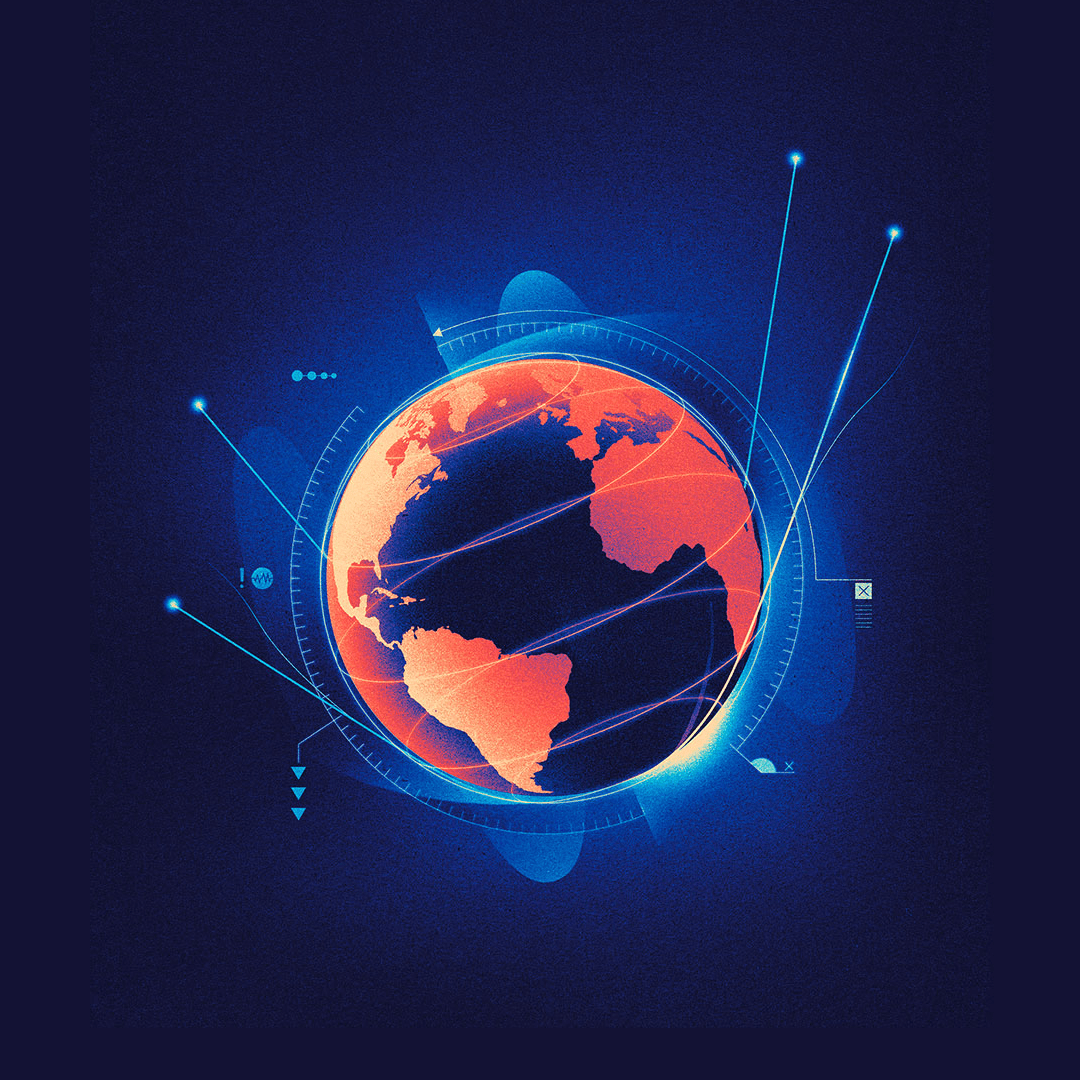Cybersecurity threats feature prominently in the WEF Global Risks Report 2023
Once a year, the World Economic Forum (WEF) released its analysis of the biggest risks facing the world today. Consulting a host of both private and public bodies, this annual report looks at global risks over three timeframes. The first looks at the current problems unfolding, with a focus on the most crises occurring over the next two years. Secondly, the WEF considers the longer-term issues it expects to unfold over the next 10 years. Lastly, they look at the consequences of the current global crises and how they will culminate towards the end of the decade.
As expected, key themes found in the WEF Global Risks Report 2023 included the continuous cost-of-living crisis and the mounting environmental challenges, with each dominating the short-term and long-term threats, respectively.
What is perhaps less obvious, due to its less visible nature, is the increased risk of cybercrime and cyber insecurity. But crucially, we see cyber threats as a new entrant in the top 10 rankings of greatest risks in the report. As we become more reliant on our digital infrastructure with each passing day, disruptions to our digital processes continue to wreak an increasing level of havoc on our lives.
This acknowledgement of the growing dangers of cyber-threats is a step in the right direction. But in a sense, it does suggest a lack of preparedness. As a ‘new entrant’, the report implies that many businesses and organizations have not yet put in place the security processes and infrastructure needed to safely move into the future – and we will no doubt see breaches continue to rise because of this lack of foresight.
Within both the timelines for short-term and long-term risks, ‘widespread cybercrime and cyber-insecurity’ was listed as the eighth most severe risk. It is clear then, that there’s not simply a passing wave of cybercrime, but rather a continuous threat. We also see ‘breakdown of critical information infrastructure’, as number 16 for the long-term threats in the WEF Global Risks Report 2023.
READ MORE How policymakers helped expand the adoption of bug bounty programs in 2022
In the short-term, cyber-threats were listed as the fourth most pressing issue for businesses. No doubt, in difficult economic times, the threat of a data breach is highly concerning, as financial or reputational loss could mean the end of your business.
When battling a new and permanent threat, resilient infrastructure is an absolute must for those wishing to maintain their growth trajectory. Given that this is still deemed to be an emerging problem, experts and skilled professionals in the field will play a vital role in providing the knowledge needed. Where things like bug bounties may previously have been seen as optional extras, they will be crucial for survival in the future.
Another key takeaway from the WEF Global Risks R report 2023 was the importance of the role that technology will play in the future. “Research and development into emerging technologies will continue at pace over the next decade, yielding advancements in AI, quantum computing and biotechnology, among other technologies,” the report reads.
“For countries that can afford it, these technologies will provide partial solutions to a range of emerging crises, from addressing new health threats and a crunch in healthcare capacity to scaling food security and climate mitigation.”
In short, technology will be pivotal in the fight against some of the world’s most pressing issues. When we consider how we will secure the various databases and networks used in some of these solutions, the importance of cybersecurity is plain to see.
YOU MIGHT ALSO LIKE How machine learning is changing the game for cybersecurity
Take an emerging technology like smart cities, for example, which have complex IoT networks at the heart of their function. Their mass data collection and analysis can enable incredible improvements to the sustainability of our cities, which will continue to increase as the most common place in which we live.
However, IoT devices can pose a problem for the networks they’re connected to as vulnerable entry points. With things like sensitive biometric data being used in smart cities, ensuring it remains secure will be crucial to allowing them to succeed.
More and more, we’re seeing this trend of digital infrastructure being linked with our most critical processes, such as energy and transport. Alongside cybercrime, the WEF report goes on to state that attempts to disrupt “critical technology-enabled resources and services will become more common, with attacks anticipated against agriculture and water, financial systems, public security, transport, energy and domestic, space-based and undersea communication infrastructure.”
Again, while these integrations will undoubtably bring a huge number of benefits, they also represent new avenues through which the infrastructure can be exploited. We need only look at an example such as the 2021 ransomware attack on the Colonial Pipeline in the US, which resulted in its full, albeit temporary, shutdown. Ensuring that citizens have continuous access to energy, water, food, and transport in the future will require us to maintain security over the digital networks that now control them.
The WEF Global Risks Report 2023 also highlights the increasingly personal and detailed data being collected by organizations. According to the report, the proliferation of data-collecting devices and data-dependent AI technologies “could open pathways to new forms of control over individual autonomy. Individuals are increasingly exposed to the misuse of personal data by the public and private sector alike.”
The report’s authors added: “As our lives become increasingly digitalized over the next decade, our ‘everyday experience’ will be recorded and commodified through internet-enabled devices, more intelligent infrastructure and ‘smart’ cities – a passive, pervasive, and persistent form of networked observations that are already being used to create targeted profiles.”
Click here to read the WEF Global Risks Report 2023.


